Apple
How to Monitor HRV on Apple Watch
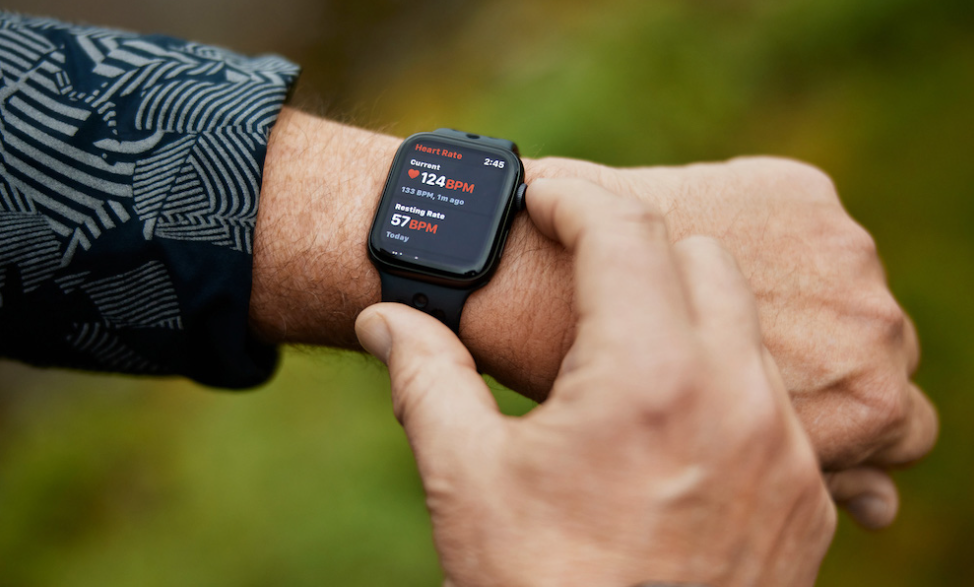
The variation in the time between individual heartbeats is referred to as heart rate variability, or HRV for short. Apple Watch is one device that can assist you in measuring your heart rate variability (HRV), which has become an increasingly popular method for monitoring one’s general health and wellness. Regarding exercise and general physical health, HRV can also be used to measure one’s improvement over time. Athletes may find tracking their progress and achieving their objectives easier when they train using a heart rate monitor. If you want to get some useful information about your heart rate and overall health, you may use your Apple Watch to measure the variability of your heart rate. This post will walk you through the steps necessary to monitor HRV on your Apple Watch. So let’s get started:
Read Also: How to Play Music on Your Apple Watch
How to Monitor HRV on Apple Watch
1. Make sure you are comfortable and give yourself plenty of time to unwind before beginning the breathing practice.
2. You can use your Apple Watch to access the Mindfulness application.
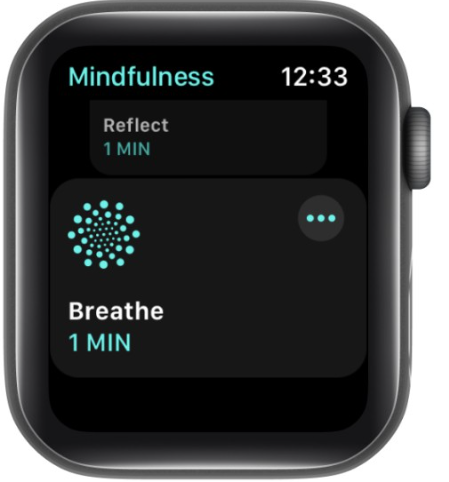
3. Make your selection from the feature menu using the Breathe option.
4. If this is your first time using the app, you’ll want to tap the Continue button.
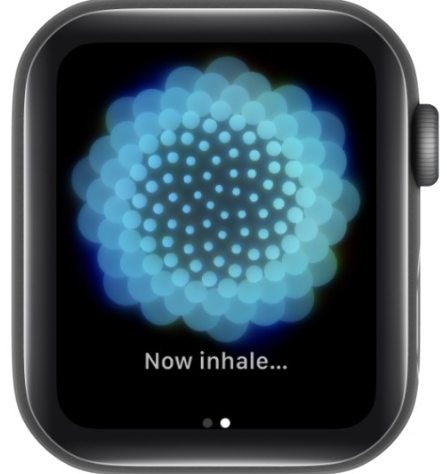
5. Always be sure you follow the displayed directions. You will notice the choice to inhale and the option to exhale.
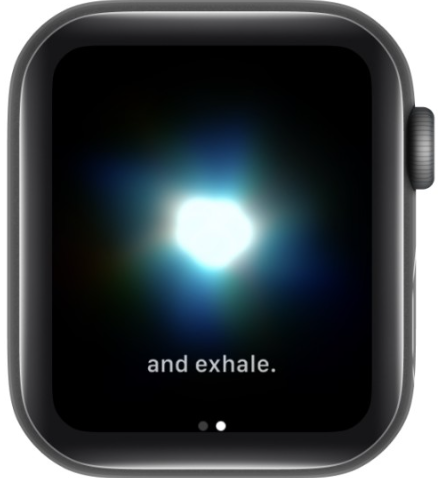
6. The pictures on your watch will enlarge and contract at the appropriate times, guiding you through the correct breathing pattern.
7. The session will have been completed When the watch vibrates twice and chimes.
You might receive a notification that says, “Well Done.”
8. Your heart rate will be displayed in the following interface in Beats Per Minute (BPM), the standard measurement.
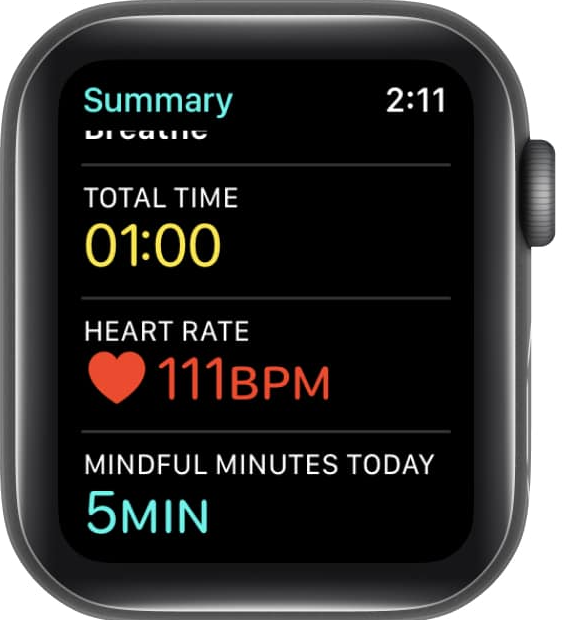
9. Swipe to the right and then hit the End button if you need to terminate the session for any reason that cannot be avoided.
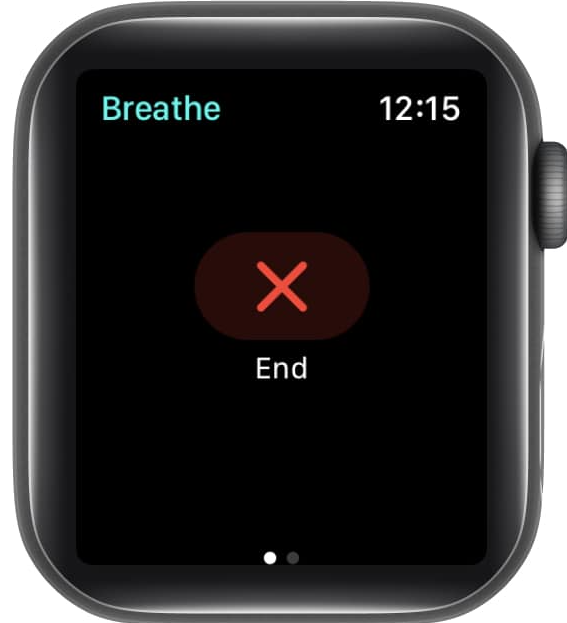
10. The default setting for the timer for this exercise will be one minute. You can alter it by tapping the icon with the three dots that is directly to the left of the Breathe logo. Duration: Adjust your timer accordingly.
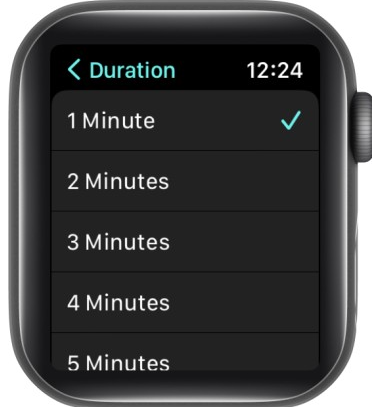
NOTE: That once the training session begins, all of the notifications that appear on your Apple Watch will be muted in order to help you focus. Your session will be terminated immediately and you will have to begin the process all over again if you go out of your way to answer incoming calls or make unexpected movements during the session.
FAQs
Which HRV app works with Apple Watch?
The Apple Watch, the Oura ring, and any other Bluetooth SMART sensors that are compatible can all be used with HRV4Training.
Does Apple Watch detect HRV?
During workouts and Breathe sessions, your heart rate is measured by Apple Watch using green LED LEDs. This information is then used to determine walking average and Heart Rate Variability (HRV).
Is Apple Watch good for HRV?
The short answer is that the statistics obtained from a home monitor are not as accurate as those obtained from an EKG performed in a medical facility. The HRV readings taken from your Apple Watch can provide you with a general idea of what your HRV appears to be, and the more measurements you take, the greater level of accuracy you will get.
Why is my HRV so low on Apple Watch?
A low HRV suggests that the sympathetic response, sometimes known as the “fight or flight” side of the nervous system, is in control. This side of the nervous system is connected with stress, overtraining, and inflammation. You are not required to reach a specific figure; nonetheless, you should establish a baseline first and then monitor your progress in light of that.
How accurate is ECG on Apple Watch?
Patients who had undergone cardiac surgery were included in the research conducted by Seshadri and colleagues6, who compared the results of AW ECGs with telemetry interpretations. They found that the sensitivity was 41%, while the specificity was 100%, and the rate of inconclusiveness was 31%.

















